Six months ago, this tractor did not exist. JCB had just set a new land speed record in a Fastrac tractor, an impressive 103mph. But, as you may have seen on Channel 4 recently, the JCB team and their nominated driver, Guy Martin, didn’t think that was fast enough.
So JCB went away and didn’t just set about upgrading the tractor that has set the July record but built an entirely one, from the ground up. So now there are two very quick JCBs.
In late October, this, the Fastrac Two, set a new world record for a modified tractor, at 135.191mph over a two-way average, with a peak speed at the end of Elvington’s runway of 153.771mph. Directly from there, it was taken to London and put on static display, and from there, it was trailered to Autocar’s preferred test base for this kind of thing, in Rutland. There, we became the only other people to date to drive the JCB Fastrac Two World’s Fastest Tractor. This year’s Christmas road test is the world’s fastest tractor.

Design and engineering
Tractors, by definition, are not designed to travel at fast speeds. ‘Traction’ units are designed to haul – using lots of torque – large, heavy objects. So making a tractor go fast is anathema to the agriculture/ construction business.
The regular Fastrac has an innate advantage over most tractors in that it has a separate chassis, whereas most agricultural examples do not. They often don’t have rear suspension but instead suspend the cab on the drivetrain at the rear, with front suspension only. The Fastrac, meanwhile, has full suspension front and rear, which gives it better road manners than most tractors. And although the Fastrac has a slightly lower top speed than a Mercedes Unimog four-wheel-drive truck, it has a high top speed for a tractor. So as farms grow in size and fields may be miles apart, this means farmers can use a tractor rather than a truck.

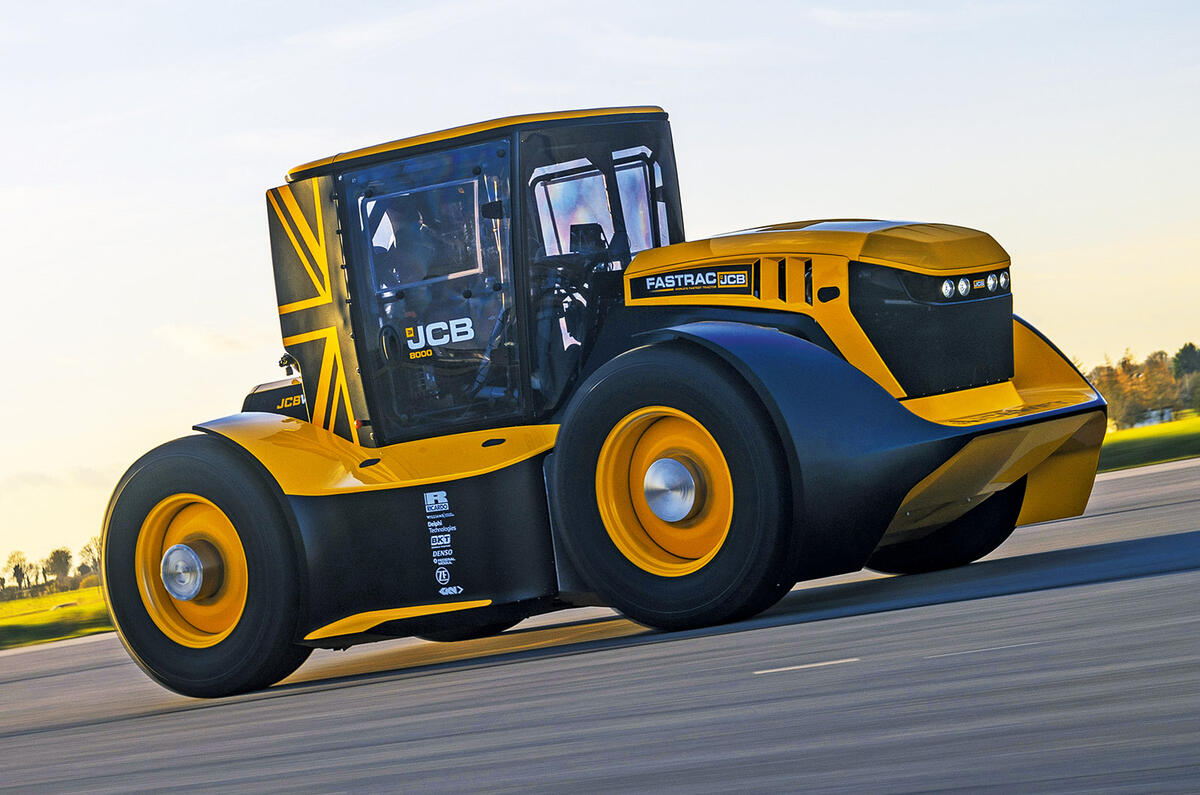
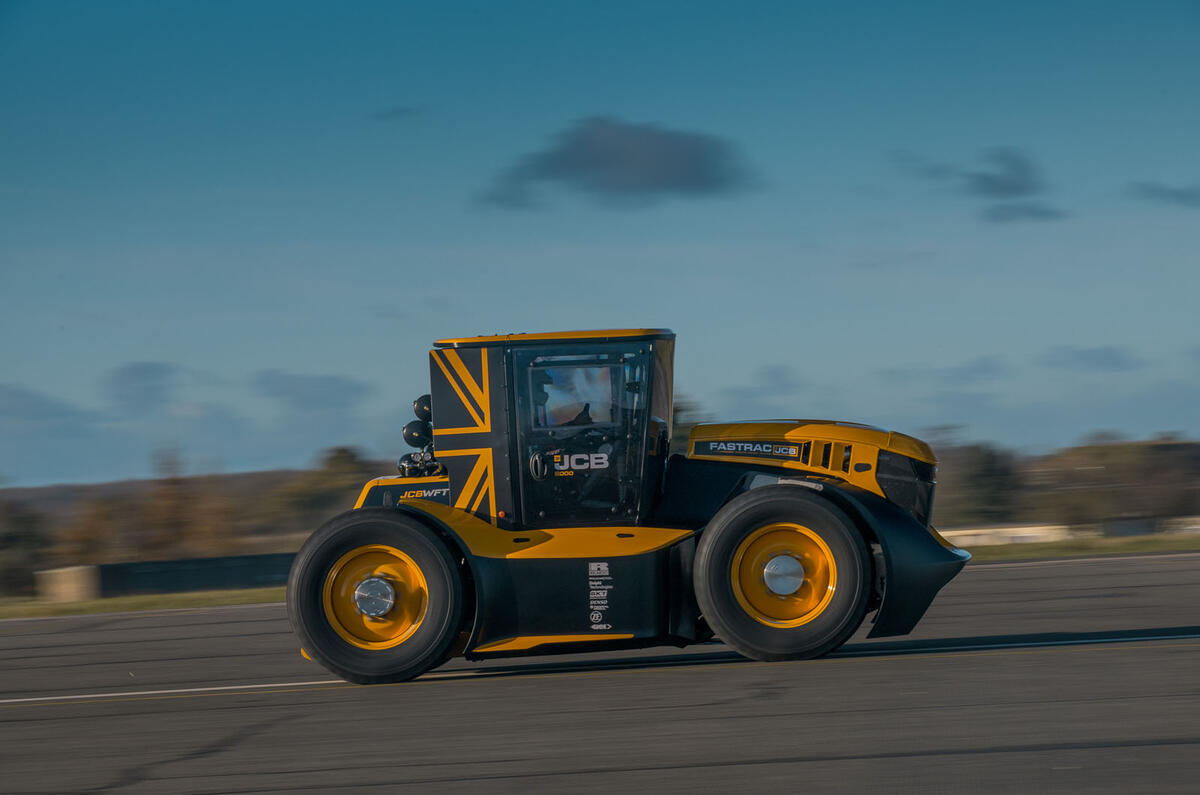
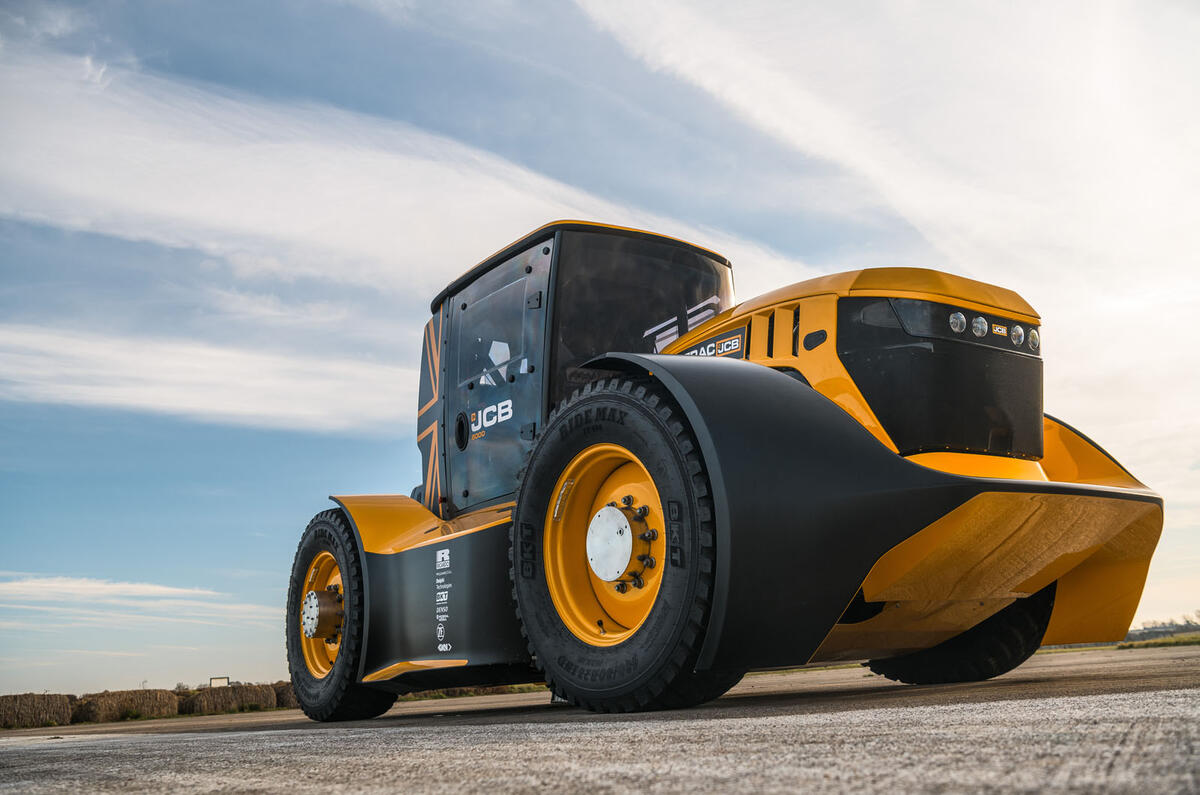
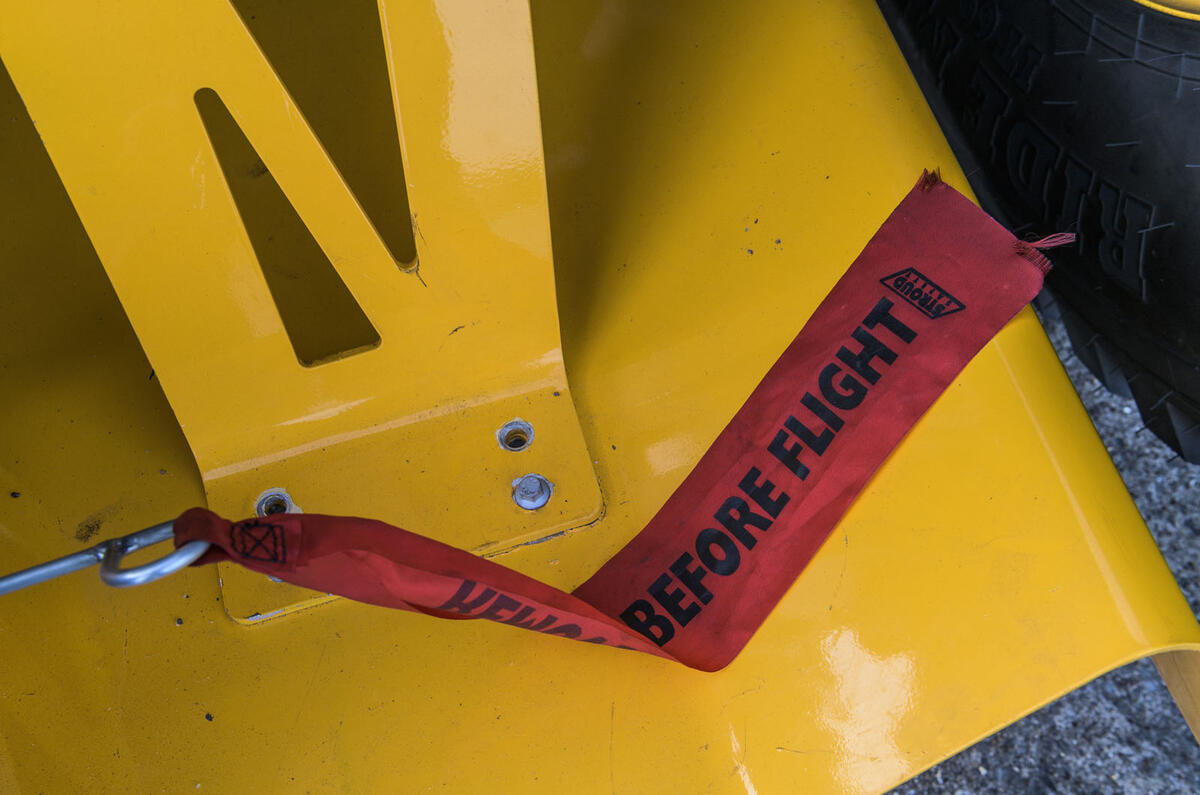
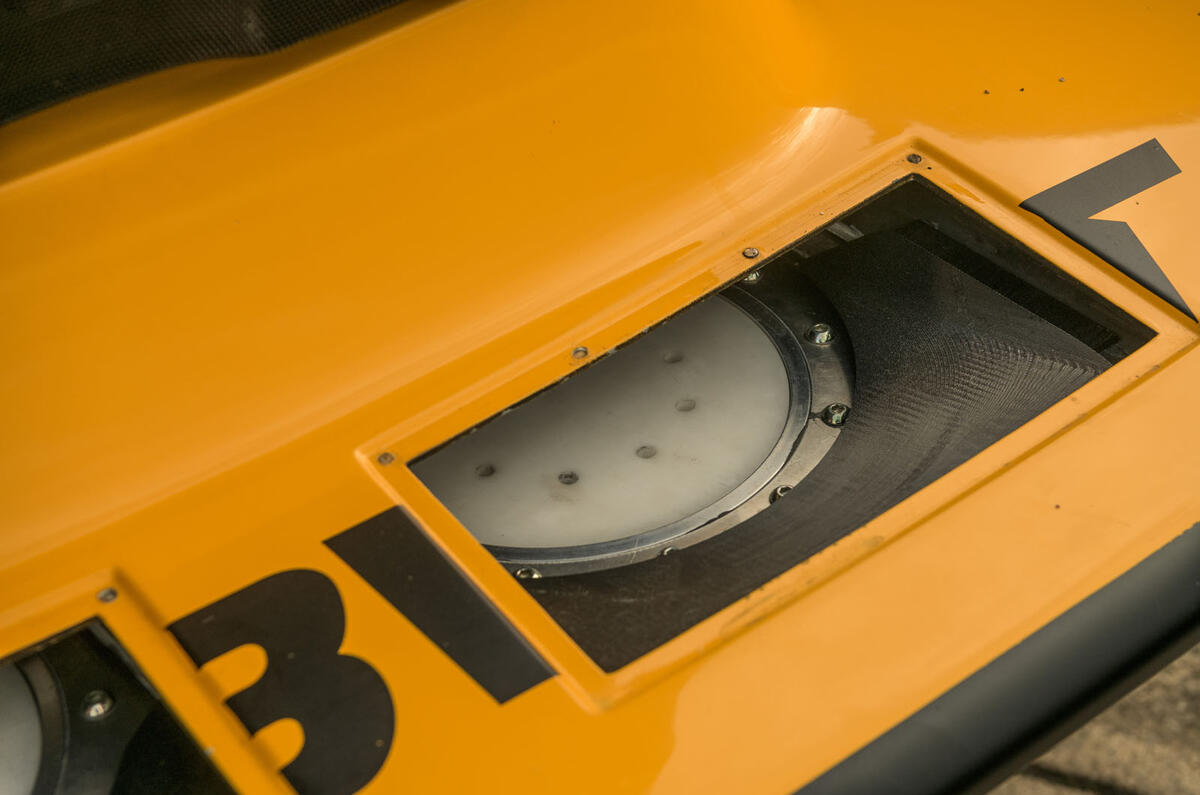
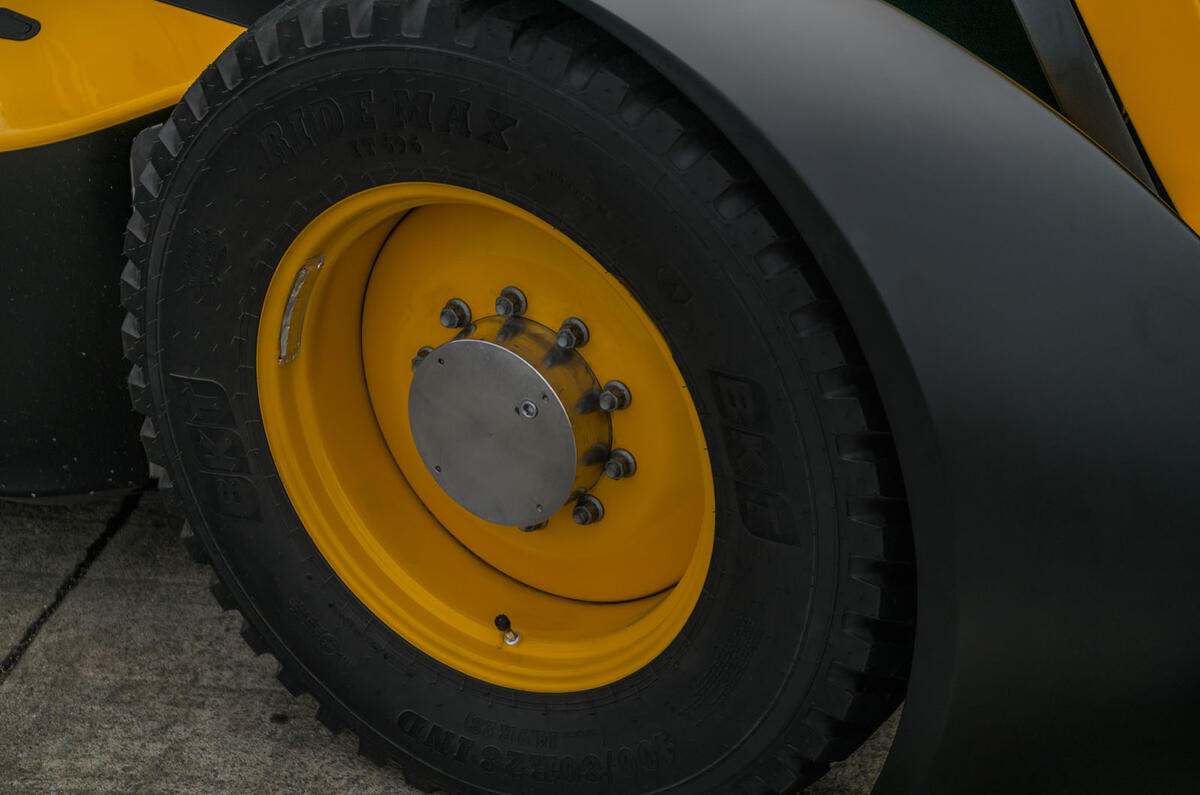
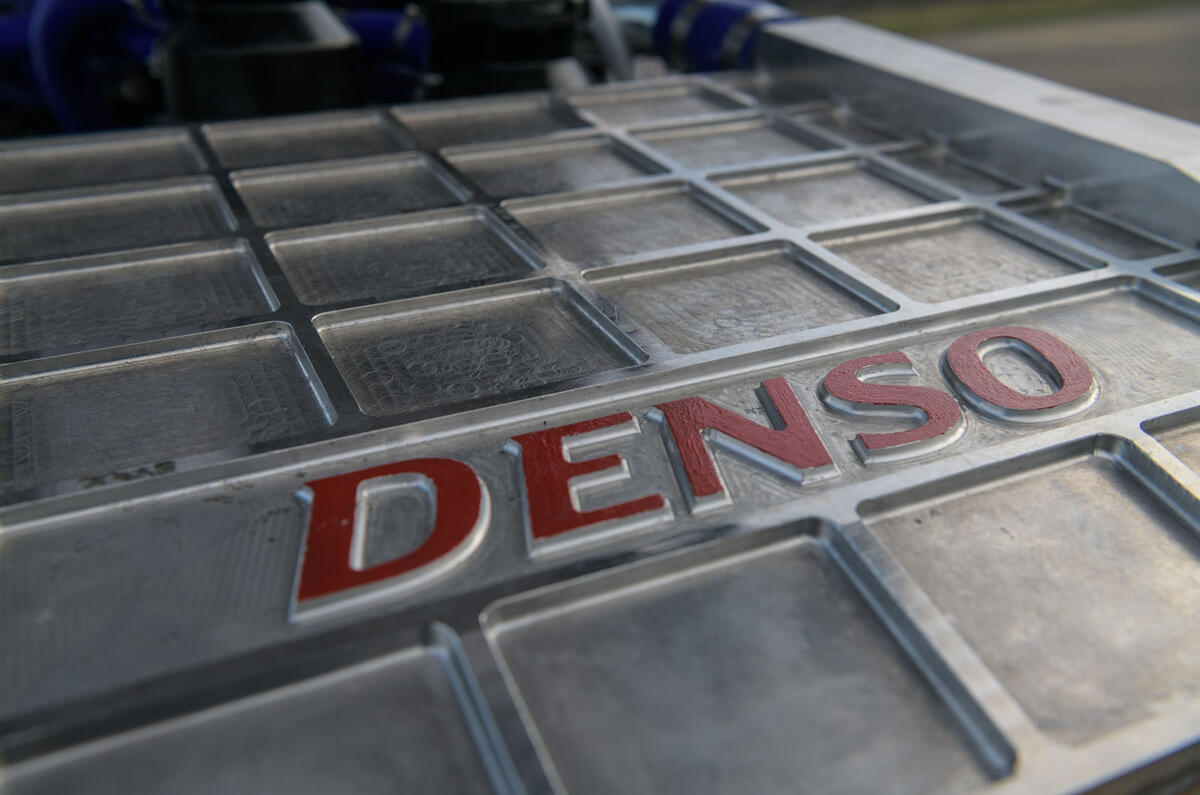
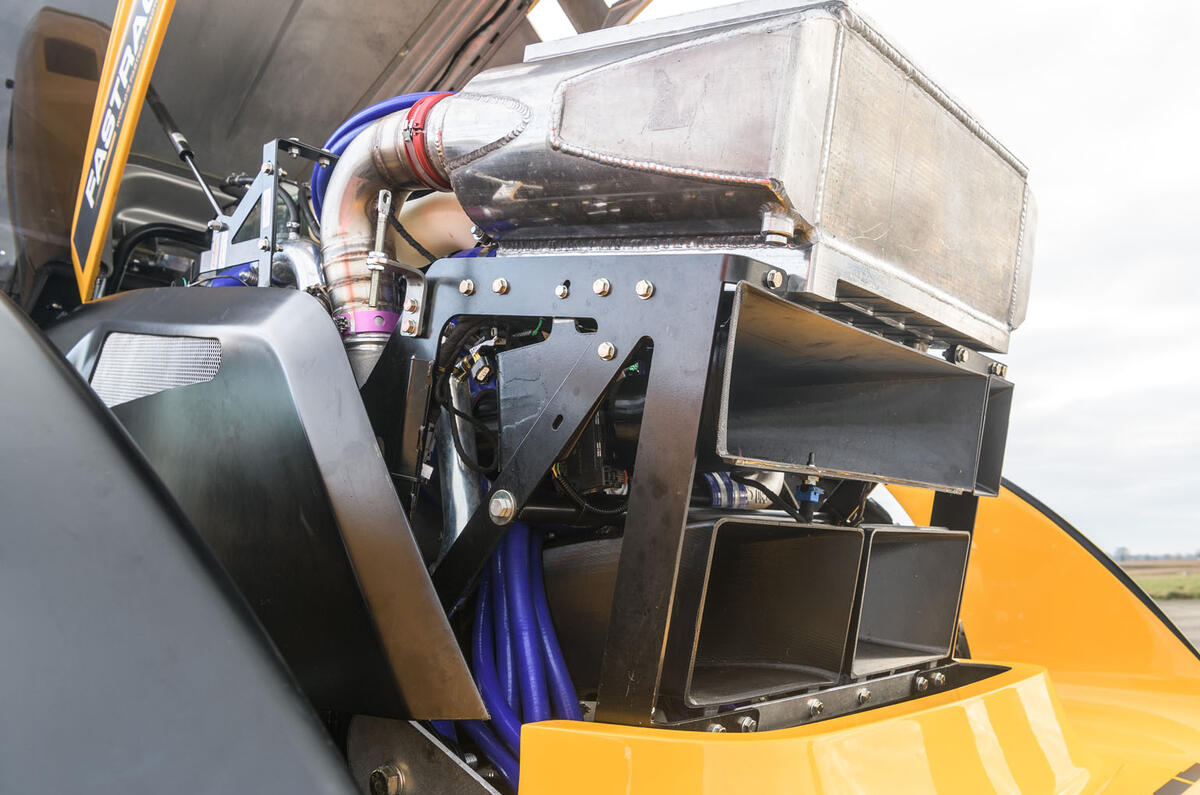
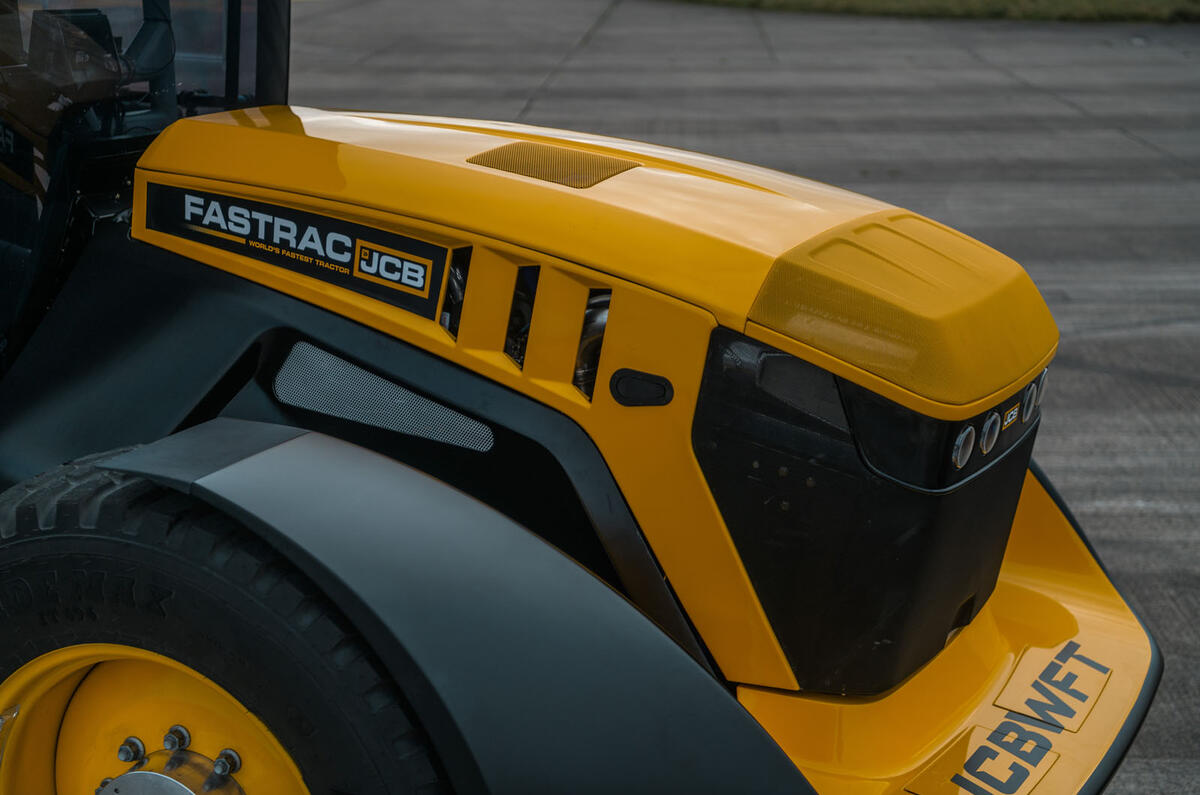

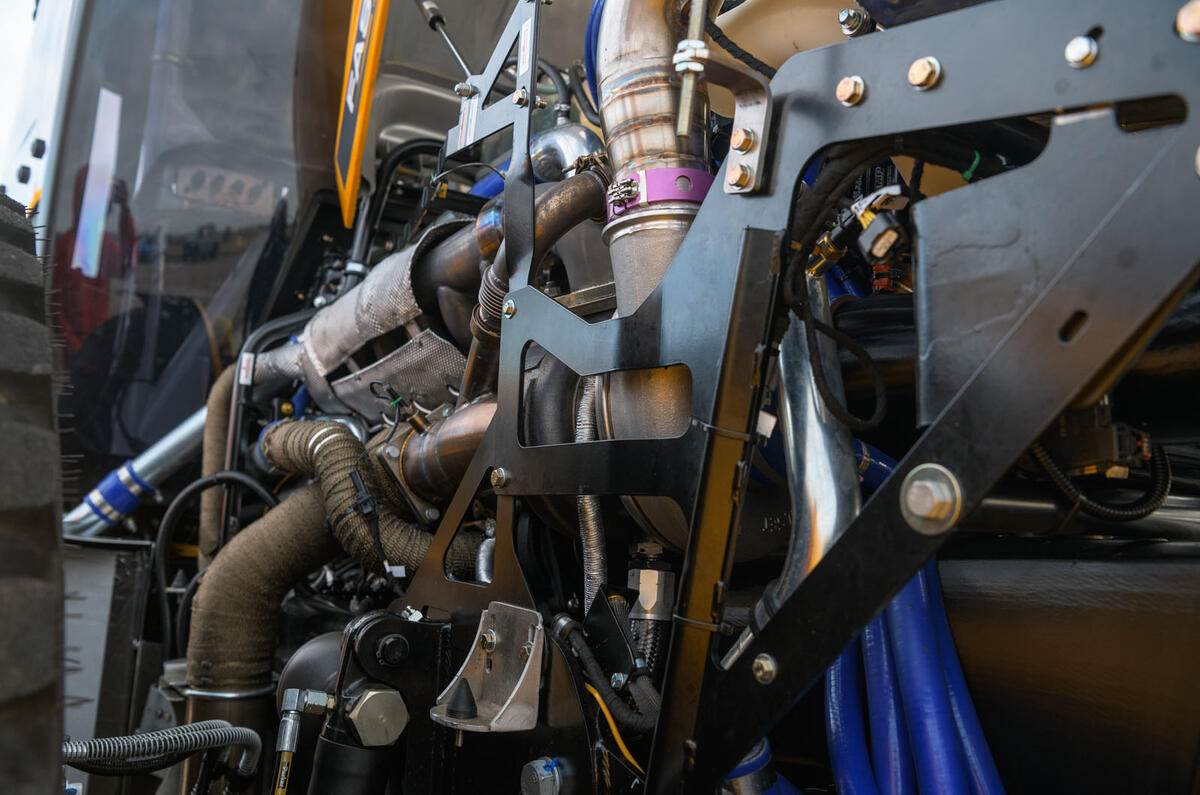
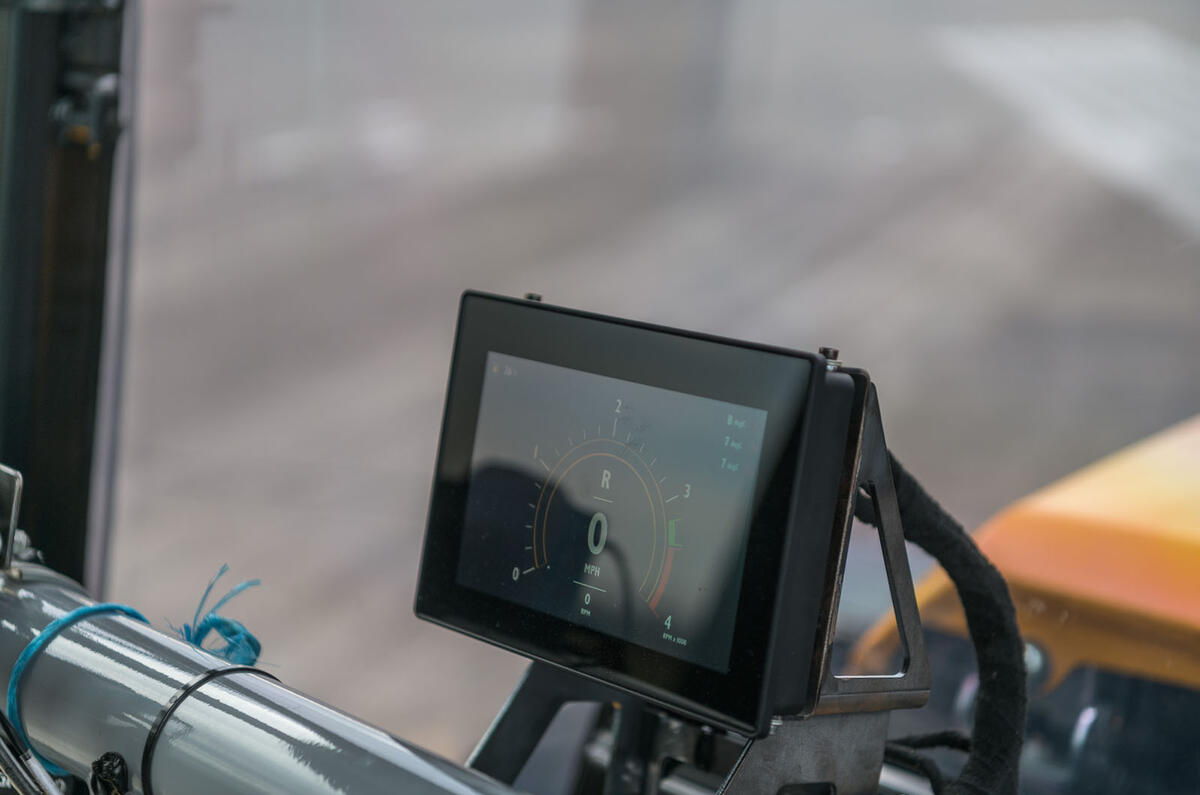
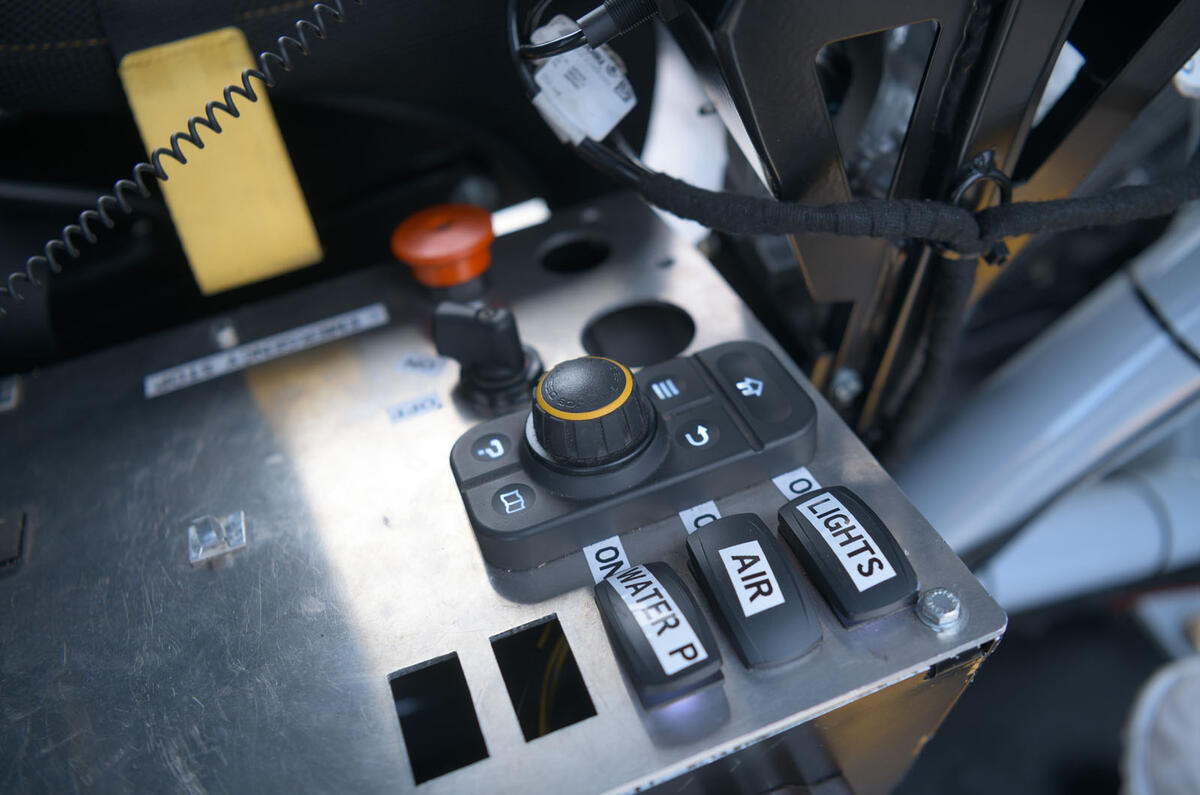
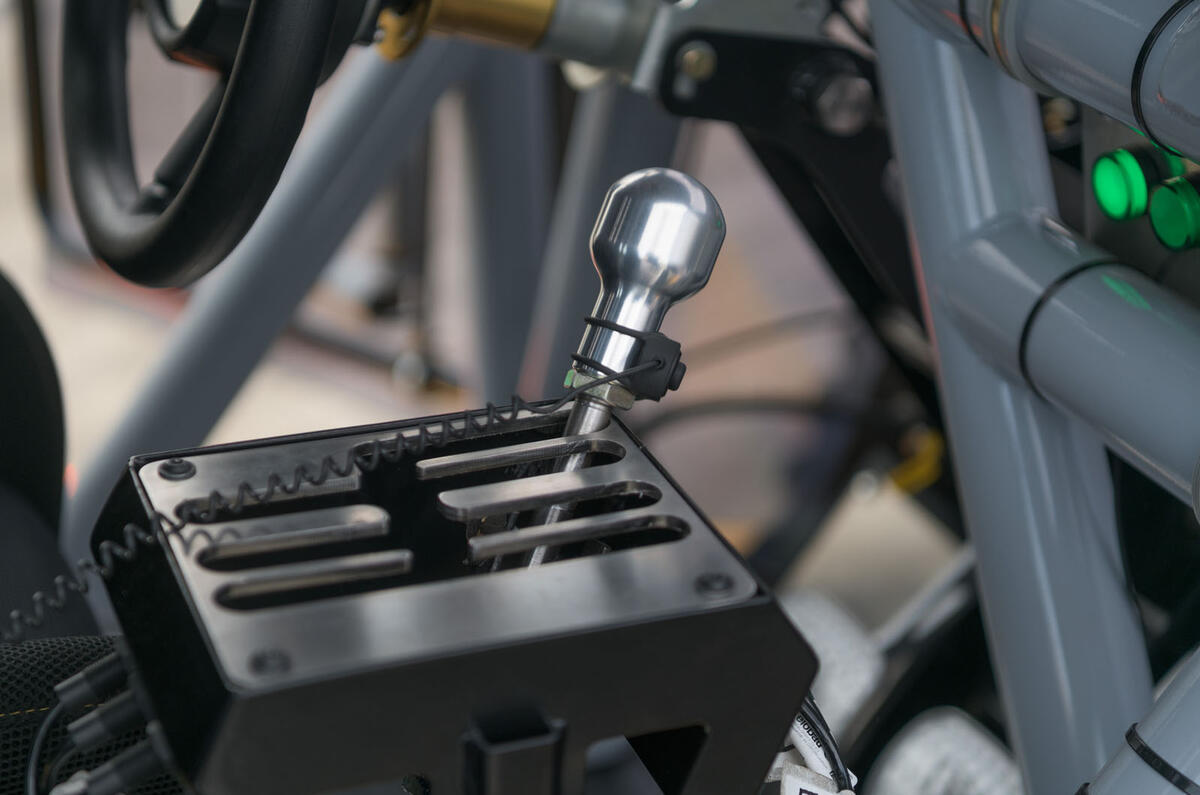
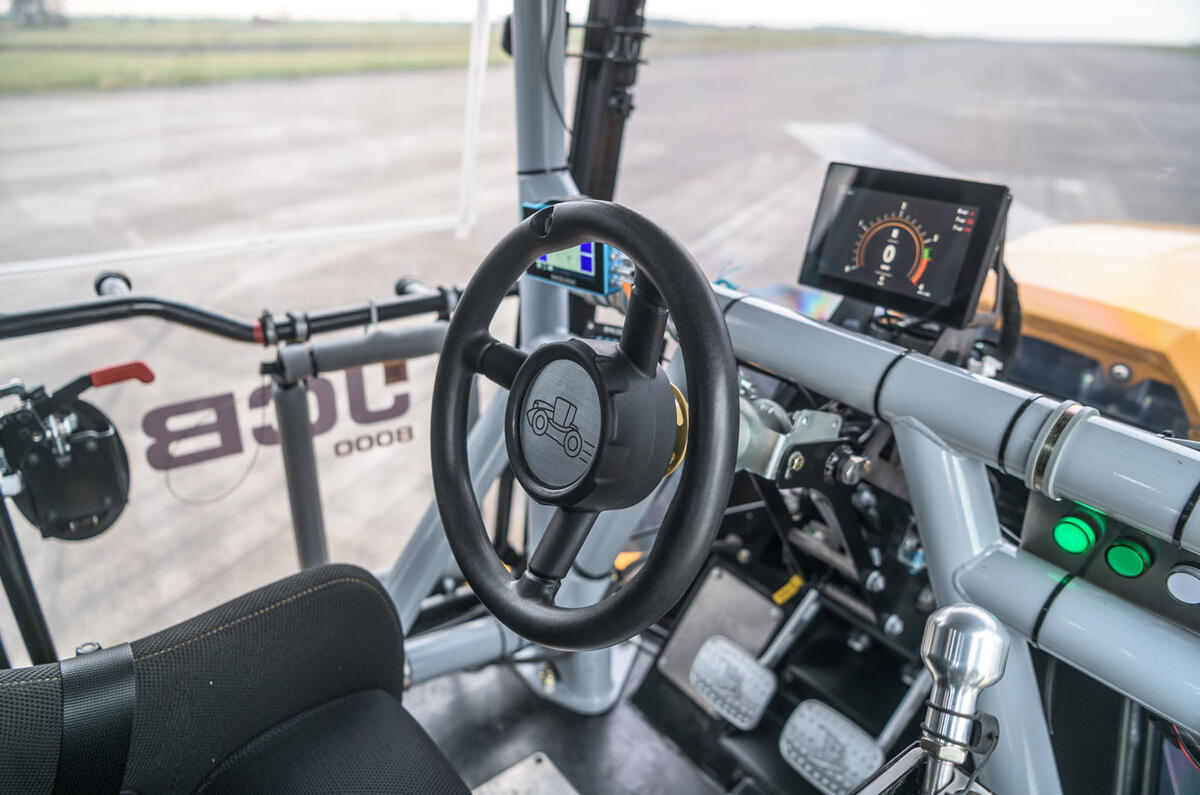
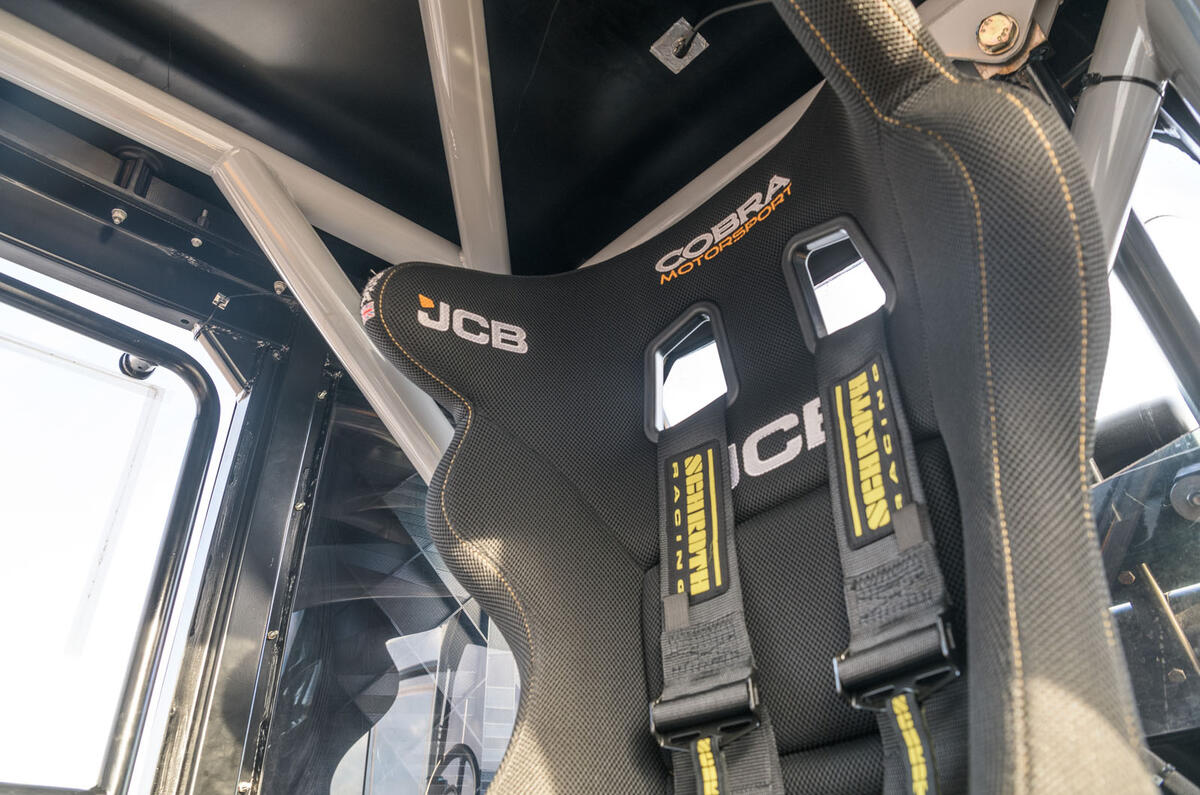
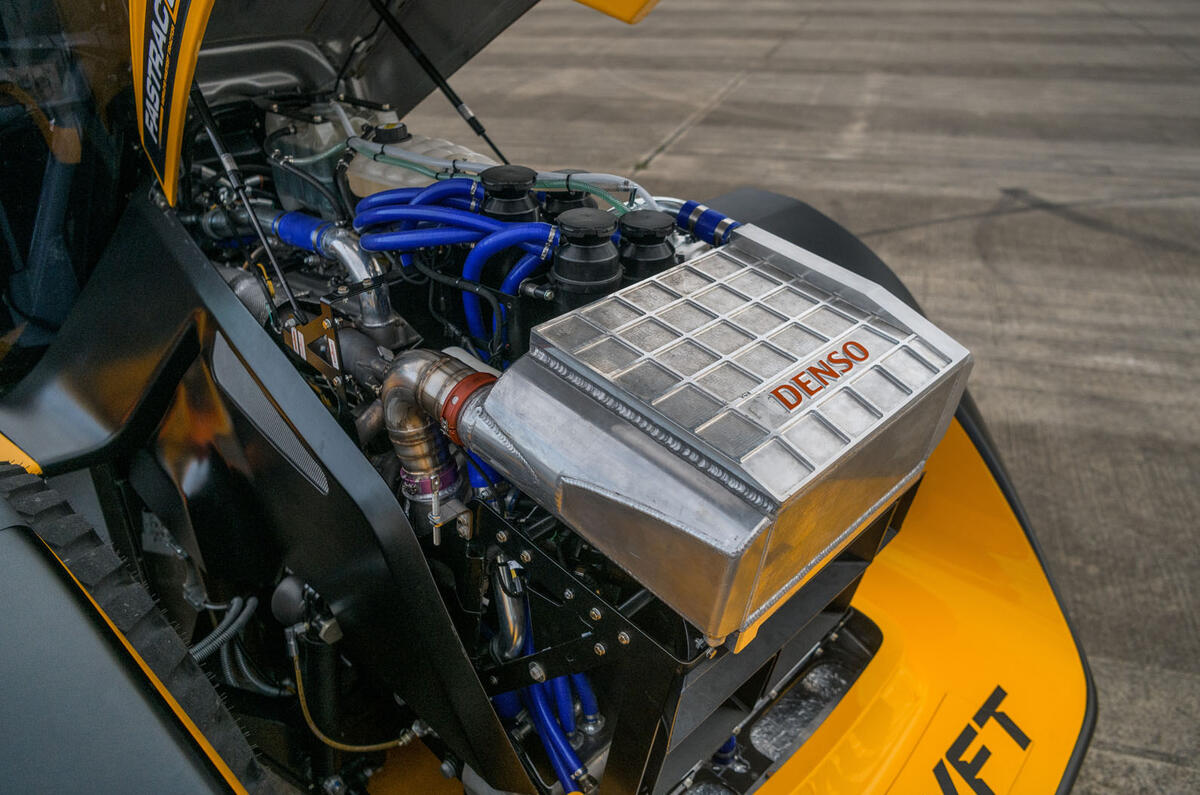
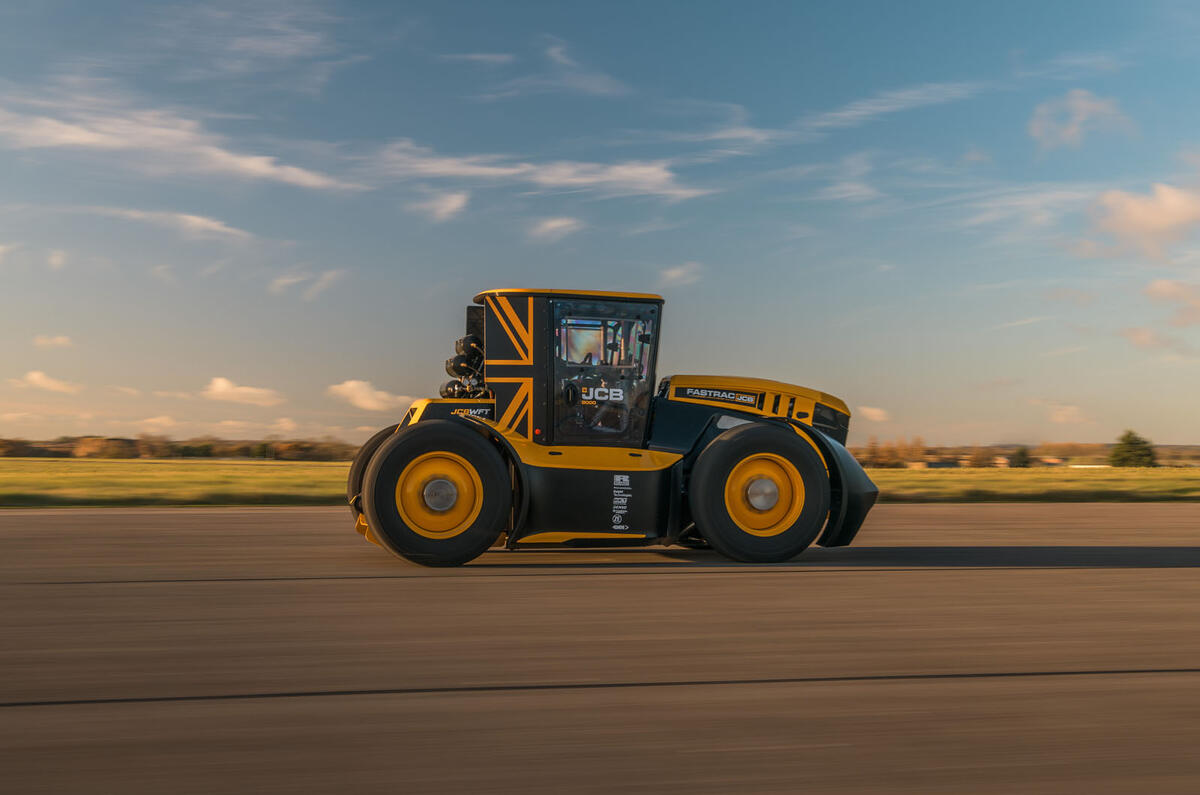
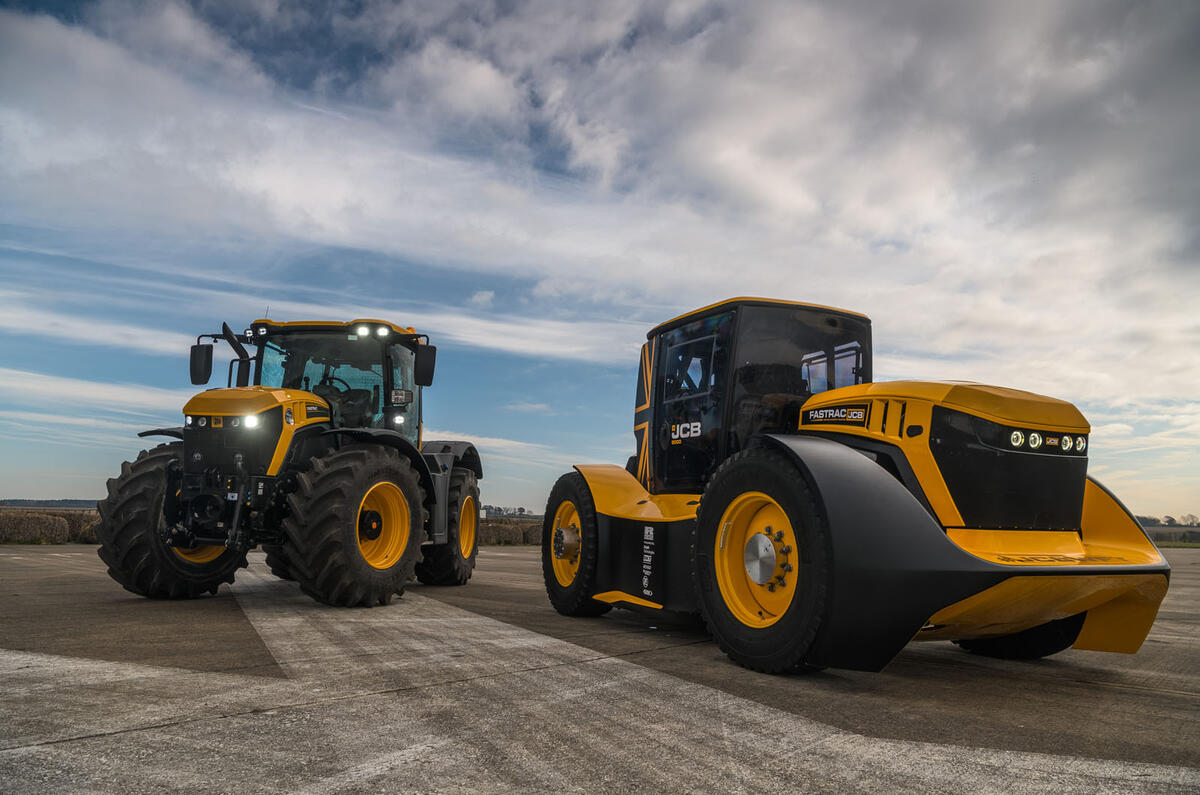
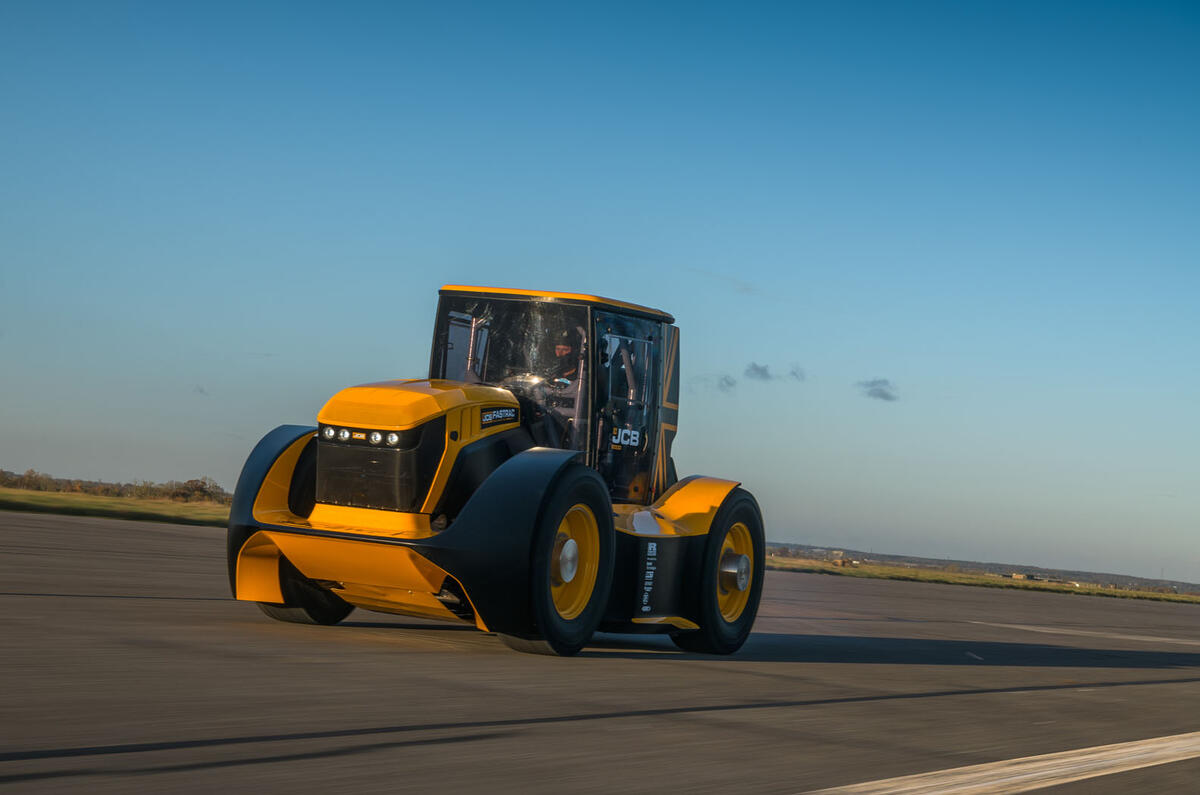
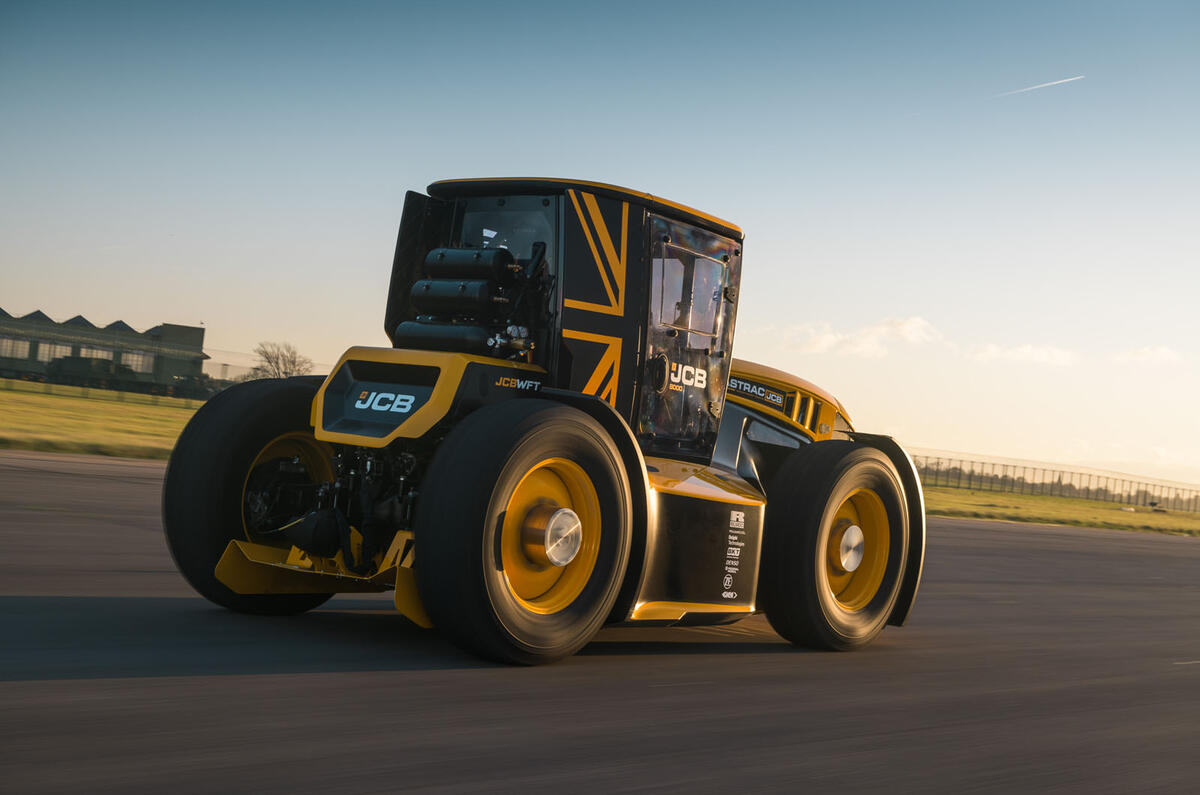

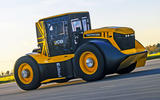
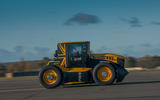
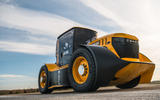
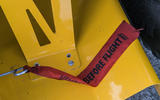
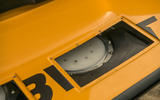
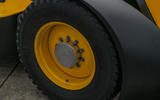
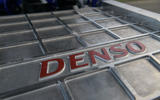
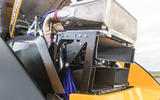
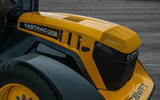
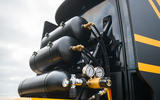
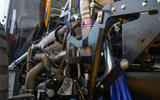
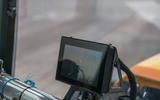
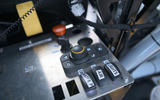
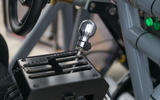
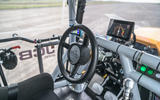
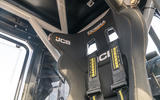
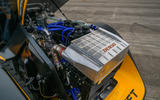
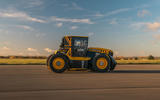

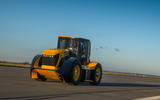
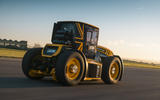
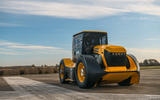

















Join the debate
Add your comment
JCB were fined £22million for
JCB were fined £22million for preventing consumers in one EU buying their machinery cheapley from an authorised dealer in another EU country.
They has 18 factories in the UK, Germany, North and South America, Austrailia, India, China and the CIS, so if there are tarifs between the EU and Britain all it has to do is move production from the UK to the EU.
oops it not they
oops it not they
Great video.
Nice video.
Boris Bribe?
Anthony Bamford and JCB gave £150,000 in the first nine months of this year to Boris, personally. It's on the Electoral Commission's website if you care to look. In this time he received £796,500, but the reporting doesn't cover the run up to the election so expect much more.
Brexit is terrible for Britian, British businesses and working people.
Therefore, if I were in the market for plant such as JCB sell (and I have used the likes in the past) I wouldn't be buying JCB. My money will go to support someone who benefits Britain, not Bamford.
Symanski wrote:
How and why have you turned this road test into an anti brexit rant. JCB is a British company and if they support Boris and brexit that's up to them. Wind your neck in.
Awesome piece of engineering, love how the clutch was tested, that's a meaty piece of kit. Great read, thanks.
Quite right si73. Even at
Quite right si73. Even at Christmas, poor Ebenezer Symanski just can't stop his anti-Brexit rants. Whatever Lord Bamford's political beliefs, JCB is a renowned British success story, and we should applaud the efforts of the many engineers behind this latest project. JCB has a long history of donating plant to areas of the world that have suffered natural disasters, and I'm pleased to see a British company that is willing to help those in great need.
As for not buying JCB products, I'd like to know which other rival manufacturers in this sector benefit Britain more than JCB. To my knowledge, even if they have a small UK manufacturing prescence, rival suppliers are US, German, Japanese, Korean, Chinese, Turkish, Swedish and Czech companies etc. Having visited JCB's HQ at Rocester, it's clear this is a world-class company that competes strongly on the world stage, with overseas manufacturing plants in the US, Brazil and India. It really is bizarre not to give credit to the company and, even if you don't buy or use their products, to wish the Bamford family and their workforce every success in the years to come.
Taking success away from others.
And at the same time he's trying to put how many other businesses out of business with his political beliefs? Ask just about every other business about how they feel about Brexit? There are many successful businesses in the UK because we're part of the EU and Bamford wants to put an end to that. Is that really something we should celebrate?
We've already lost business to Europe because of Brexit and many more to come.
Bamford can own the mess he's funded. I won't support him.
JCB harming Britain.
Likewise if you don't support Brexit don't buy JCB equipment. Buy something else from another company not trying to do unrepairable damage to the UK.
I'm sorry you want to put Brits out of jobs, UK businesses out of business.
JCB
Are you on glue?
Why would they give Boris that much cash if they wanted to close the company.
They'd keep the money & close the UK factories & send them elsewhere even cheaper than the EU.
So called patriotic companies like Landrover that's buggered off to the EU. After a nice fat brown envelope & sethe up a factory there. Watch this space the UK factory will close once the European facilities are upto speed.
Upside is the quality may improve though.
Just give it a rest. Nice day
Just give it a rest. Nice day for you to scamper off to Speakers Corner.
That comment is for Ebenezer
That comment is for Ebenezer Symanski.